Best
Guitar Capo Overall
-
Overall: Designed with a sophisticated finish to look good on any guitar
-
Best Feature: Built with an intuitive design for smooth performances
-
TedScore™: 9.2/10
Best
Partial Capo
-
Overall: Offers tension control on your guitar neck with adjustable screws
-
Best Feature: Has a lightweight and sleek design
-
TedScore™: 8/10
Best
Capo for Electric Guitar
-
Overall: Allows easy and comfortable fretting with its curved shape
-
Best Feature: Fits on guitar necks easily
-
TedScore™: 9/10
Ever picked up a guitar and pondered what a capo actually does?
A capo is an excellent little clamp that changes the pitch of your guitar strings, making it easier to play in different keys without tricky finger movements. Sounds interesting.
Think of it as a magical tool that opens up a world of musical possibilities, from easier chords to unique, one-of-a-kind sounds. Whether you’re a beginner or want to try new things, this article will explore the essential uses of a capo.
Ready to take your guitar playing to the next level? Let’s get started!
What is a guitar Capo?

A guitar capo is a device used to guitar clamp onto the neck of a guitar, shortening the string length and raising the pitch of the open strings, which can change the key of an instrument and revoice chords for a different sound.
While capos are not essential for playing the guitar, they can be useful for working with different singers and matching the vocal range. Capos commonly play songs in other keys while using the same chord shapes. This is particularly useful for barre chords and changing keys for a song.
Which Guitars Can You Use a Capo?
Capos are commonly used on acoustic guitars, and in some cases, on electric guitars for rhythm playing. They’re primarily used to change the instrument’s key and revoicing chords, allowing for easier guitar playing and singing. Choosing the correct guitar capo can make playing much more comfortable and enjoyable
How Does a Capo Work?

A guitar capo is a versatile tool that clamps onto the guitar neck, shortening the strings’ length and raising the pitch. It works by keeping all the guitar’s strings depressed at a specific fret, allowing the guitarist to play in different keys while still using first-position open-string chord forms.
When a capo is attached at a specific fret, it squeezes down all the guitar strings at that fret and keeps them pressed down, producing a permanent barre chords.
A capo is a fantastic tool for guitarists who want to play in different keys without learning new chord shapes. It makes it easier for guitarists to sound like they are playing the very same chords and chord shapes in various positions on the guitar neck. It also lets them achieve the barre technique more quickly and easily.
So, whether you’re an aspiring guitarist or an experienced musician, it’s worth investing in a capo as it provides unmatched versatility for your musical creativity.
Benefits of Using a Capo
The main advantage of using a guitar capo is being able to play chords of a song in different keys while still using open-string chord forms. Using a guitar capo can make playing and transition between different keys easier. Partial capos can also offer unique sounds and alternate tunings.
Guitar Capos are an excellent alternative to the barre chord and technique for beginners and can be used to create a range of acoustic guitar effects, such as harmonics, drones, and sustain. With a guitar capo, it’s easy to change the key of a song and play it differently, which is perfect for live performances or studio recordings.
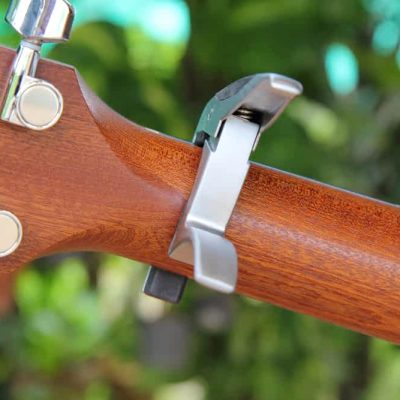
Musical Genres Capos Are Used
Capos are a crucial accessory for guitarists. They’re particularly popular in folk, flamenco, and Irish traditional music. They present an excellent option for any guitarist looking to expand their musical horizons or simplify their playing.
What to Consider Before Buying a Guitar Capo?
Before buying a guitar capo, consider its quality and build. The best capos are sturdy, have a good grip, and can be easily adjusted. The benefits of using a guitar capo include changing the key, producing a better sound, and improving playability.
Capos are not so expensive and are perfect for gifts, adding excitement to playing and helping with practice. With a capo, guitarists can make bar chords easier, play open-chord songs in alternate keys, and add more variety to their playing styles.
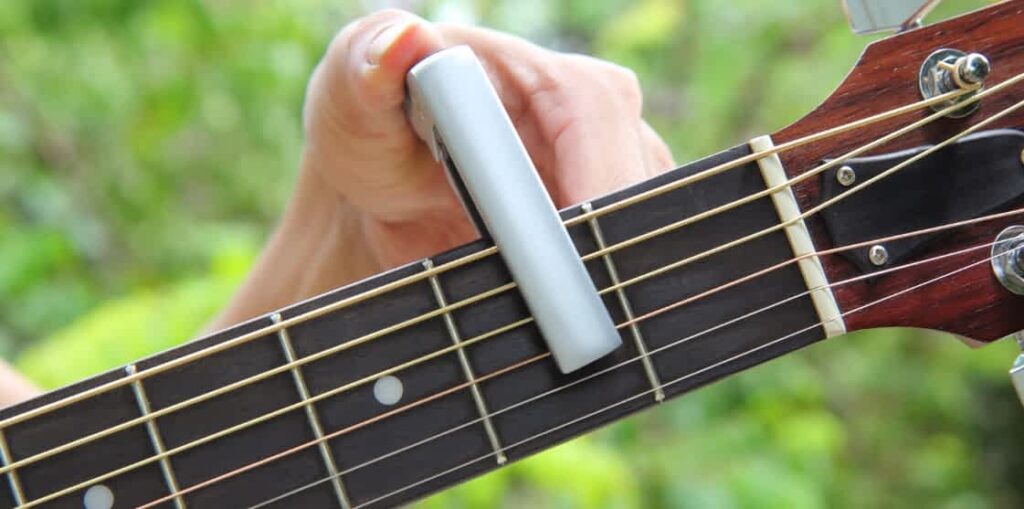
The Type of Instrument
It’s important to consider the type of instrument you’re playing before buying a capo. Not all capos are created equal, and choosing the right one depends on the individual player’s preference. There are several different types and sizes of guitar capos, so it’s important to choose one that will work best for your instrument and style of play.
Curved or Flat fingerboard
When choosing between a curved or flat fingerboard capo, it’s important to choose one that is compatible with the type of guitar you have. Consider the curvature and width of the fretboard before making your purchase.
Ease of Use
Guitar capos make it easier for new guitarists to play different chords by lowering the action and allowing for easy pressing of strings to the fretboard. When buying a guitar capo, it’s important to consider ease of use. Choose a guitar capo that delivers smooth, quick, and reliable one-handed operation, accommodating a plethora of neck shapes.
Pressure
One of the main considerations you should take is the amount of pressure the capo applies to the strings. High-pressure capos can be useful for high-action guitars, as they ensure that the strings are pressed down firmly and produce a clean sound. On the other hand, partial capos only capo some of the strings and can be used to create different tunings and add variety to chord progressions. Make sure that the capo is suitable for your specific guitar and playing style.
TYPES OF CAPO
Before purchasing a capo, it’s important to consider what type of capo will work best for your playing style and personal preferences. For beginners, a standard capo that covers all six strings is the best option, while more advanced players may benefit from partial capos that allow for specific tunings by only covering some strings.
Choosing the right capo can greatly enhance your guitar-playing experience, allowing you to experiment with different sounds and tunings.
Strap Capos
Essentially, a strap capo attaches to the headstock of your guitar and then rests against the strings, allowing you to play in different keys without having to tune your whole guitar differently.
The strap is usually made of a stretchy, elastic material, and a rubber-covered bar holds down the strings. It’s super easy to use and can come in handy when you’re trying to play along with a song that’s in a different key.
They are easy for beginners but tend to slip and may require adjustments to hold the strings firmly. The strap capos are one of the simplest and oldest designs used in guitar playing.
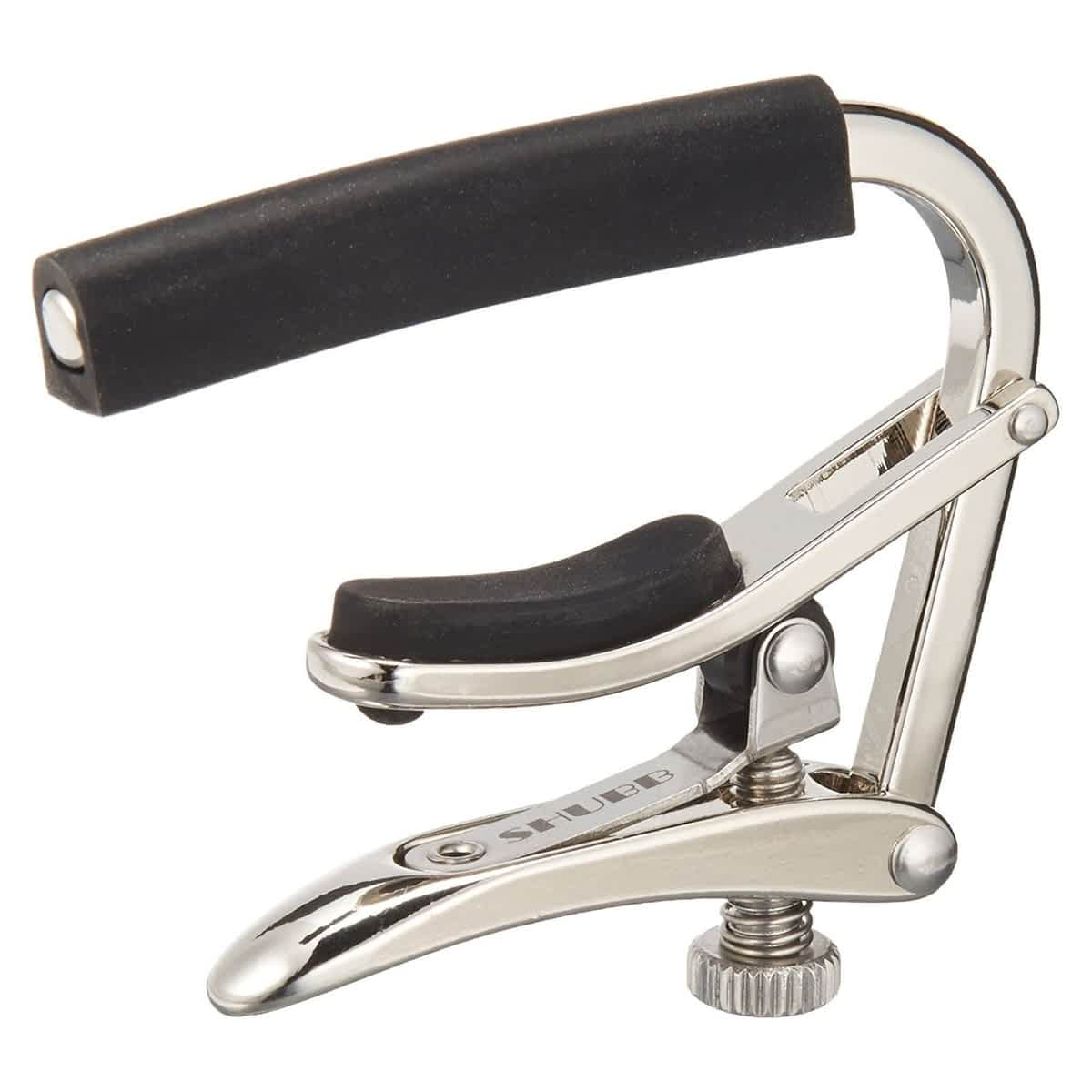
DESIGNED FOR: steel string guitars
FEATURES: Designed with a sophisticated finish to look good on any guitar
OTHER INFO: Designed with a sophisticated finish to look good on any guitar
Shubb C1 Steel String Guitar Capo, Polished Nickel
When you check the price above, you’ll see there are loads of great places to buy this item. Our personal favorite is Gear4music.
It is the largest music retailer in the UK and fast becoming the most respected online music shop in the US too. Their customer service is excellent, they have competitive prices, really fast shipping, and usually have the longest guarantee.
Most professional musicians use Gear4music, so there is no reason why you shouldn’t too!
- Allows players for sonic experimentation
- Practically eliminates the need for constant tuning
- A high-end capo perfect for almost any steel string guitar
- Higher price range compared to other brands
The professional musician who wrote this article combined many things,
from the product build, manufacturer’s reputation through to feedback
from other users, to create our famous TedScore™.
Toggle Capos
Toggle capos are a simple, compact capo design that applies tension to the strings with an adjustable strap. They work by slipping a toggle into the notch and pulling a lever to secure them.
They’re small, lightweight, and perfect for guitarists who frequently switch between keys. However, toggle capos can cause long-term reliability issues because they suffer from fitting and stretching problems over time.
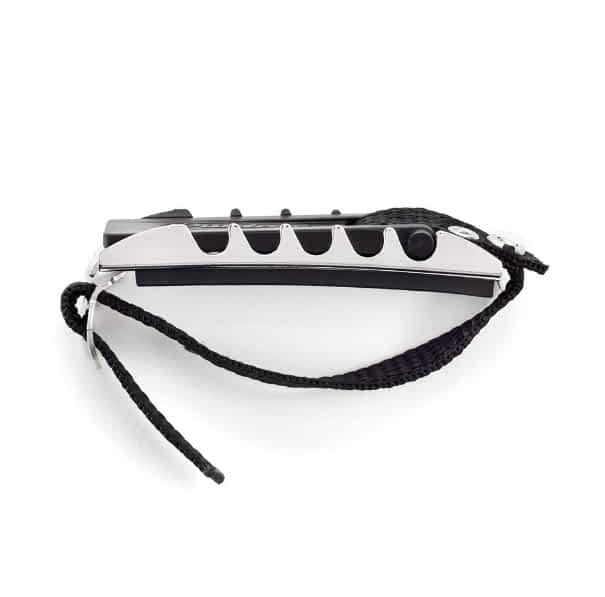
DESIGNED FOR: acoustic and electric guitars
FEATURES: Allows easy and comfortable fretting with its curved shape
OTHER INFO: Built with durable materials for durability
Jim Dunlop 14C Professional Curved Capo
When you check the price above, you’ll see there are loads of great places to buy this item. Our personal favorite is Gear4music.
It is the largest music retailer in the UK and fast becoming the most respected online music shop in the US too. Their customer service is excellent, they have competitive prices, really fast shipping, and usually have the longest guarantee.
Most professional musicians use Gear4music, so there is no reason why you shouldn’t too!
- With a spring-loaded design for super easy use
- Fits on guitar necks easily
- Produces clear tones across all frets
- Slightly pricier than some other options
The professional musician who wrote this article combined many things,
from the product build, manufacturer’s reputation through to feedback
from other users, to create our famous TedScore™.
Trigger Capos
A trigger capo, one of the most popular guitar capos, utilizes a spring-loaded arm that quickly applies and releases pressure on the strings. These capos are affordable, easy to apply, and have a distinctive grip design that mimics a gun’s trigger, which enhances their ease of use.
However, the pressure of the spring on trigger capos can negatively affect tuning if not adjusted correctly. Trigger capos can be applied on either the treble or bass side of the instrument and are ideal for musicians looking for a capo that can quickly and easily alter the pitch of their guitar while performing.
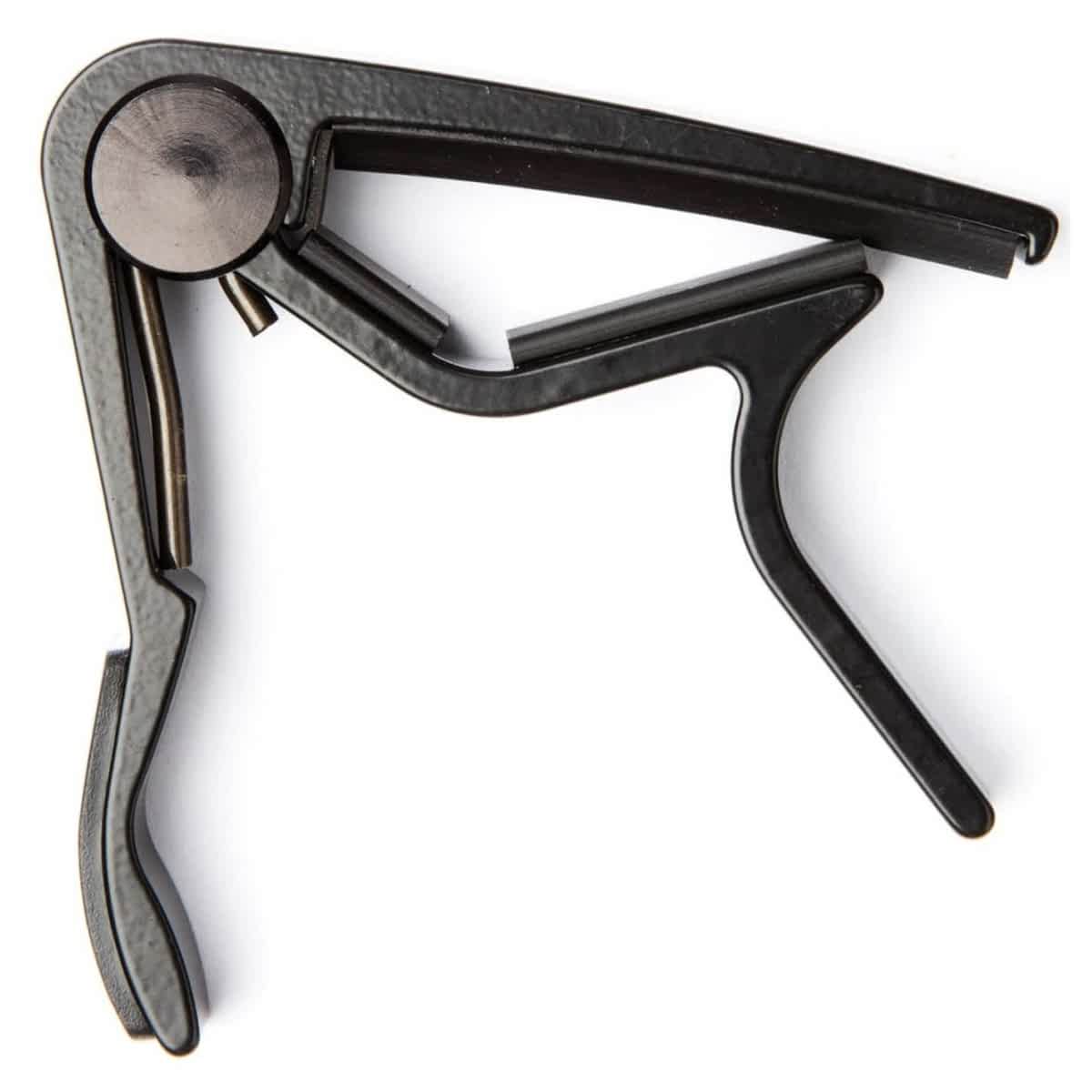
DESIGNED FOR: 6 or 12-string acoustic guitars
FEATURES: Designed with aircraft-quality aluminium for exceptional durability
OTHER INFO: Comes with padding for your guitar's protection
Dunlop 83CB Trigger Capo, Acoustic Curved, Black
When you check the price above, you’ll see there are loads of great places to buy this item. Our personal favorite is Gear4music.
It is the largest music retailer in the UK and fast becoming the most respected online music shop in the US too. Their customer service is excellent, they have competitive prices, really fast shipping, and usually have the longest guarantee.
Most professional musicians use Gear4music, so there is no reason why you shouldn’t too!
- Offers secure clamping
- Designed with smooth spring-action for easy use
- More expensive than other brands
The professional musician who wrote this article combined many things,
from the product build, manufacturer’s reputation through to feedback
from other users, to create our famous TedScore™.
Adjustable Screw Capos
Adjustable screw capos are a popular type of capo that allows for personalized tension on guitar necks. Unlike tuning keys, these capos change the guitar’s pitch without requiring any tuning adjustments. Screw capos are perfect for changing keys without learning new chord structures. However, adjusting screw capos will take longer than other capos due to their complex mechanism.
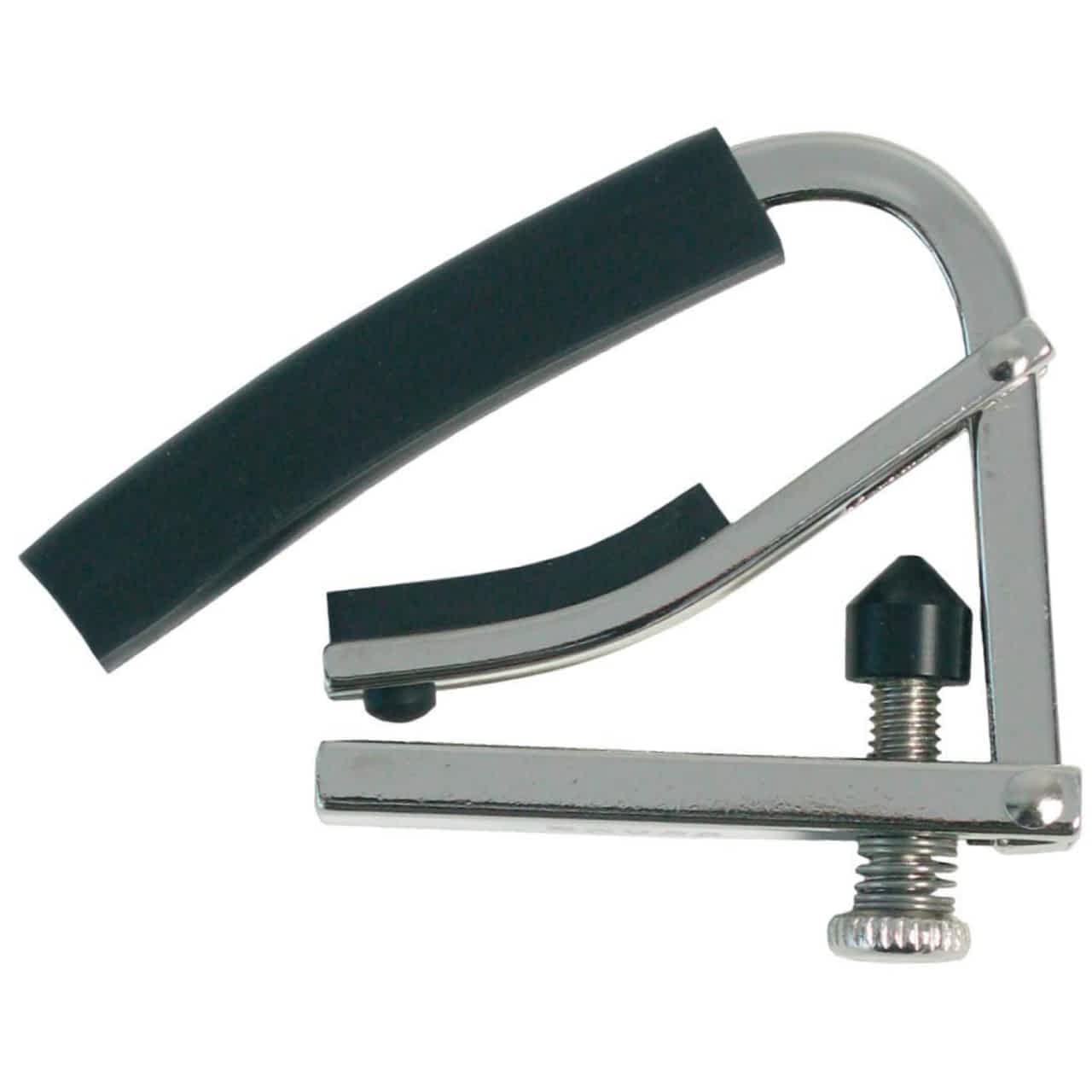
DESIGNED FOR: 7.25" radius fretboards
FEATURES: Designed with aluminium construction for exceptional durability
OTHER INFO: With thick, replaceable pads for minimising any damage to the guitar
Shubb L4 Radically Curved Capo, Silver
When you check the price above, you’ll see there are loads of great places to buy this item. Our personal favorite is Gear4music.
It is the largest music retailer in the UK and fast becoming the most respected online music shop in the US too. Their customer service is excellent, they have competitive prices, really fast shipping, and usually have the longest guarantee.
Most professional musicians use Gear4music, so there is no reason why you shouldn’t too!
- Allows for speedy, effortless clamping to your guitar neck
- Quick and easy to use - just flip the lever to secure it in place
- Requires little adjustment no matter where on the guitar neck
- Slightly more expensive compared to other counterparts
The professional musician who wrote this article combined many things,
from the product build, manufacturer’s reputation through to feedback
from other users, to create our famous TedScore™.
Yoke Capos
Yoke capos are a type of guitar capo that applies pressure directly to the back of the neck for better control and intonation. These capos are designed to fit around the neck of your guitar, with a padded plate and thumbwheel applying even pressure on all the strings in the centre.
Yoke capos have been around for centuries and are popular due to their convenience and traditional design. You can easily store them behind the nut on your guitar in between songs. Plus, they come in sleeker and thinner designs like the McKinney style saddle or the Elliott “push button” quick-release elite capo.
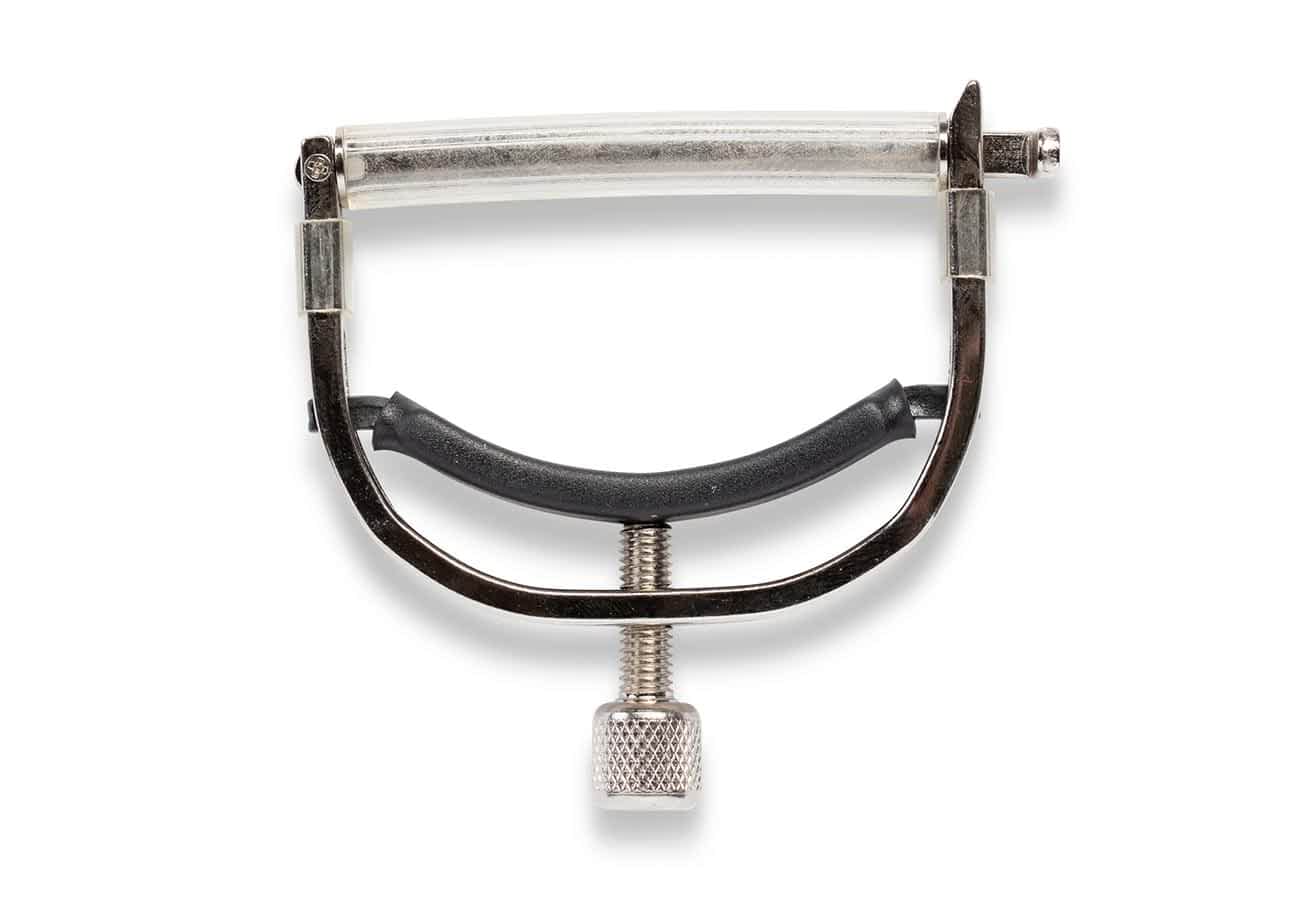
DESIGNED FOR: guitars with wider necks
FEATURES: Ensures even pressure with its around-the-neck yoke design
OTHER INFO: Provides superior tone, intonation and tuning stability
Taylor Guitars: Guitar Capo 6-string
When you check the price above, you’ll see there are loads of great places to buy this item. Our personal favorite is Gear4music.
It is the largest music retailer in the UK and fast becoming the most respected online music shop in the US too. Their customer service is excellent, they have competitive prices, really fast shipping, and usually have the longest guarantee.
Most professional musicians use Gear4music, so there is no reason why you shouldn’t too!
- Can be easily stored behind the nut when not in use
- With a bright nickel finish
- Requires a bit of work to put on and take off
The professional musician who wrote this article combined many things,
from the product build, manufacturer’s reputation through to feedback
from other users, to create our famous TedScore™.
Partial Capos
While a standard capo covers all the strings on a guitar, a partial capo only covers some of them. As a result, it creates a unique sound that is different from the norm. This alternate sound is an alternative to the complex alternate tunings associated with classical guitar playing. Partial capos are typically recommended for advanced players due to their complexity and the level of knowledge needed to play them. They are relatively new as a design, but players previously altered standard capos to achieve similar effects.
Nowadays, some manufacturers like Thalia Capo offer interchangeable fret pads that can convert a standard capo to a partial capo, making the capo more versatile and valuable.
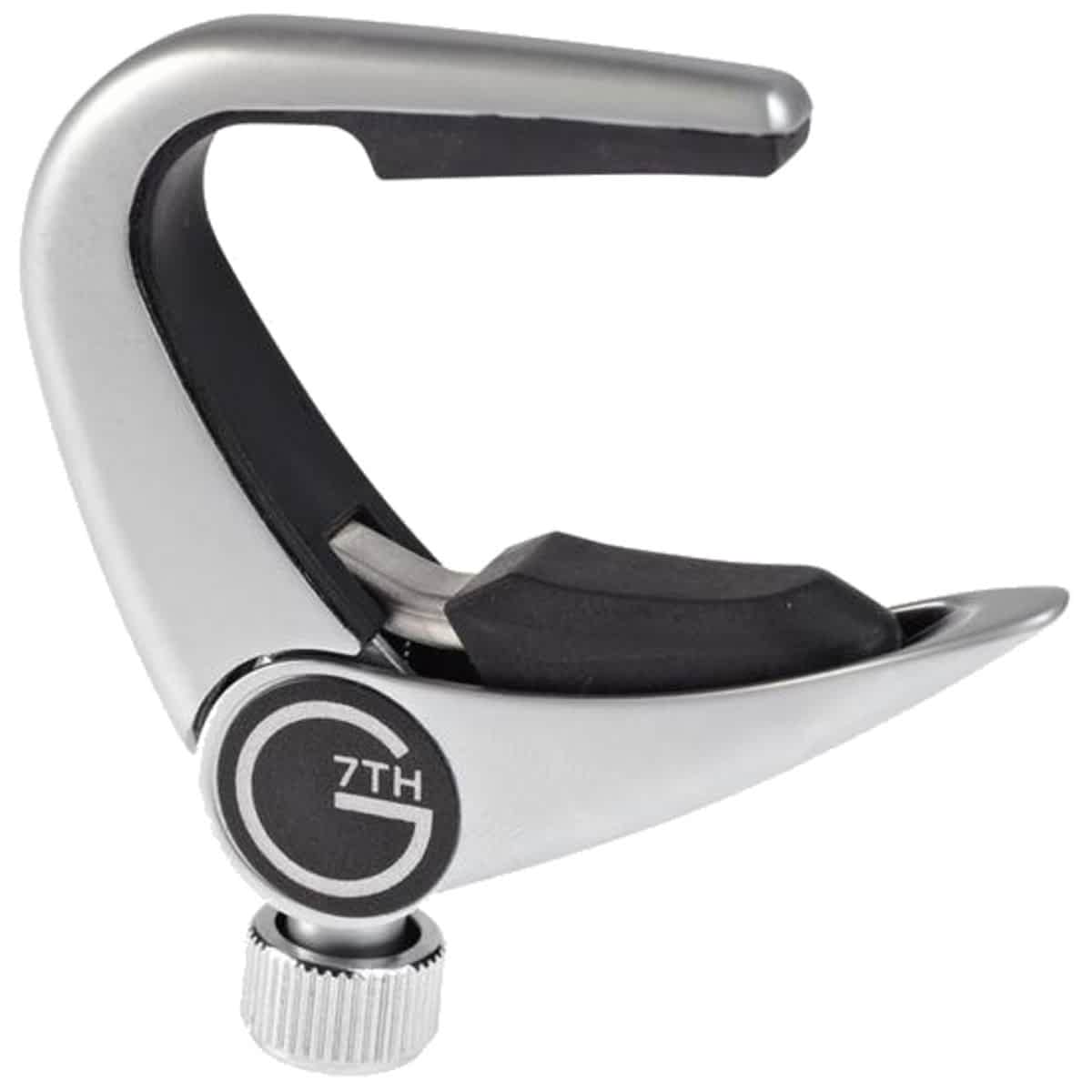
DESIGNED FOR: guitar performers
FEATURES: Has a lightweight and sleek design
OTHER INFO: Offers tension control on your guitar neck with adjustable screws
G7th Newport Partial Capo 3-String, Silver
When you check the price above, you’ll see there are loads of great places to buy this item. Our personal favorite is Gear4music.
It is the largest music retailer in the UK and fast becoming the most respected online music shop in the US too. Their customer service is excellent, they have competitive prices, really fast shipping, and usually have the longest guarantee.
Most professional musicians use Gear4music, so there is no reason why you shouldn’t too!
- Can hold down 3 strings
- Perfect for a smooth and effortless performance
- Ideal for musicians who need to change between different guitar chords quickly
- Higher price range than other brands
The professional musician who wrote this article combined many things,
from the product build, manufacturer’s reputation through to feedback
from other users, to create our famous TedScore™.
Tips for Using Your Capo
Follow these beginner tips to experiment with new sounds and chord progressions, and start using your capo like a pro in no time!
Tip#1: Place it correctly. When using a capo, it is vital to place it correctly on the neck of your guitar. Make sure the placement of the capo holds down the strings at the desired fret so you can play in a different key using open-position chords.
Tip#2: Use it as a barre. Your capo can serve as your barre when you’re using it. This will free up your fingers to form chord shapes easily. Remember to leave a little space between the capo and the fret to avoid muted notes.
Tip#3: Use a unique tension control feature. Strap-on and trigger capos come with a Unique Tension Control feature, which allows you to adjust the tightness of the capo to your liking. This helps to prevent the strings from buzzing and sounding out of tune.
Tip#4: Start with A minor chord shapes. A great way to kick off using your capo is to start with the A minor chord shape. This will allow you to experiment with different chord shapes and progressions and unlock thousands of new songs.
Tip#5: Learn chords in all major keys. Commit yourself to learning the chords 1, 4, 5 major chord, and minor 6 in all major keys. This skill will enable you to position your capo effectively to play your favourite songs on different keys.
What Does A Guitar Capo Do?
Summary
I hope by now you’ve got a clear idea of what does a capo do. This handy tool can genuinely change your playing experience.
Clamping the strings allows you to shift the pitch of your guitar without changing its tuning. It acts as a moveable nut, instantly giving you access to different keys and tones.
Key Takeaways:
- Simple mechanism: It clamps onto the guitar neck, shortening the strings.
- Versatility: Useful for both beginners and experienced players.
- Expanded musical possibilities: Makes it easier to play songs in different keys and experiment with new sounds.
Choosing the right capo is also crucial. Make sure it fits your guitar well and is easy to use. You can unlock a new world of musical possibilities with the right capo!
Remember our capo tips and finger tricks, as they can help you get the most out of your guitar playing. So, whether country, folk, or rock, the guitar capo is your best friend!
And if it’s helpful, you may want to look at our 21 Essential Guitar Accessories article to find out what else you may need.
FAQ's
While a guitar capo isn’t necessary for playing the guitar, it can be helpful for changing the key of an instrument and creating unique chord voicings. Additionally, partial capos can be used for alternate tunings and even more unique voicing options.
Yes, a guitar capo can benefit beginners as it can help overcome challenges such as poor technique and pain. Using a capo is an important skill for guitarists, making playing easier and more fun.
A capo does not change the chord itself, but the key of the chord played on the guitar. Capos can accommodate different vocal ranges, shorten the length of the strings, and allow for the same chord shapes to be played at different pitches.
Yes, professional guitarists do use capos. Capos help shorten the length of guitar strings by pressing them down on a particular fret, allowing for a change in key without changing chord structures or tuning.
All you need to do is choose which fret to place it on and clamp it down, ensuring it covers all strings. The capo functions as a nut and will transpose or raise the notes of the open strings, allowing you to play the same note or chord shapes in a different key.
Yes, you can leave a capo on a guitar when you’re not playing it. However, it’s recommended to remove the capo when not in use to prevent it from damaging the strings or the neck of the guitar.
Technically, you can use a capo on a bass guitar. However, it is not recommended as the bass guitar has thicker strings and a longer scale length, which can make it difficult to use a capo effectively.










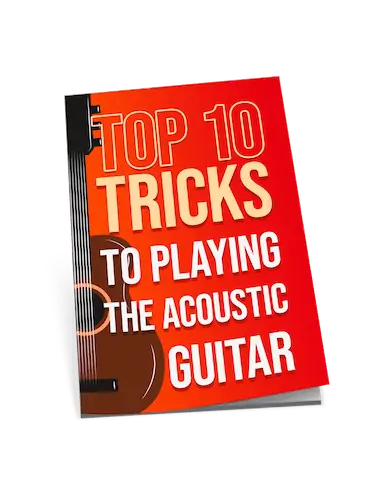
i didn’t know there were so many types of capos before reading this. always thought one capo fits all. guess i gotta do some research before i buy one. thanks for the info.
While I appreciate the effort put into this article, I must raise a point about the section on musical genres. The usage of capos extends beyond the genres listed. For example, jazz musicians occasionally employ capos for certain arrangements, which wasn’t mentioned. Additionally, the effectiveness of certain capo types in different musical contexts was somewhat oversimplified. It’s crucial to understand the nuanced reasons behind capo selection, which can include tonal quality adjustments, playability improvements, or to facilitate complex chord progressions. Each capo type brings its own set of advantages and drawbacks depending on the specific situation.
hey so im kinda new to using a capo, does it matter where i put it on the fretboard? like will different spots change the sound a lot? thx
Exactly what MelodyRiffs said! Plus, try playing the same chords with and without the capo to hear the difference. It’s pretty cool!
Hey! Yeah, where you place the capo on the fretboard definitely changes the pitch of your strings. Moving it up the fretboard will make the tone higher. Experiment with it and see how it changes the sound for different songs!
Just wanted to drop in and say thanks, Lewis Turner, for this comprehensive guide on capos! I’ve been teaching guitar for years and always find it a bit challenging to explain the concept of capos to beginners in a way that’s both informative and engaging. Your breakdown of the types of capos and their uses across different genres is spot on. I’ll definitely be sharing this article with my students. Also, love the tips for using capos – very practical advice there!